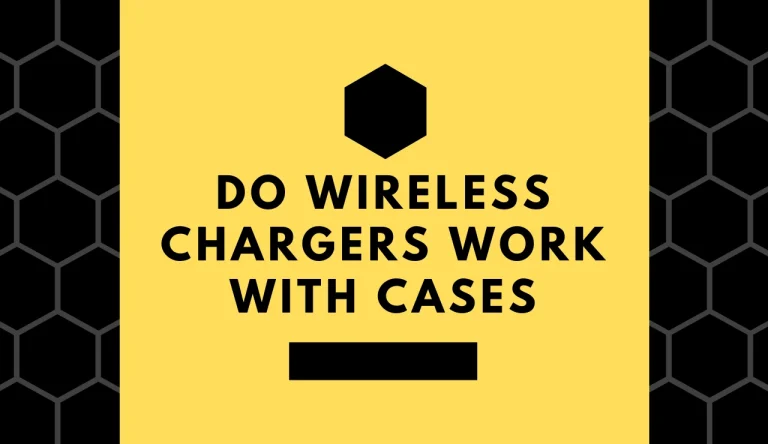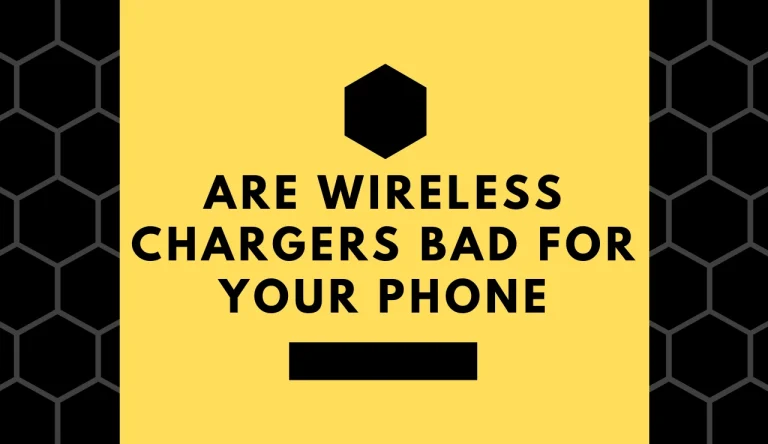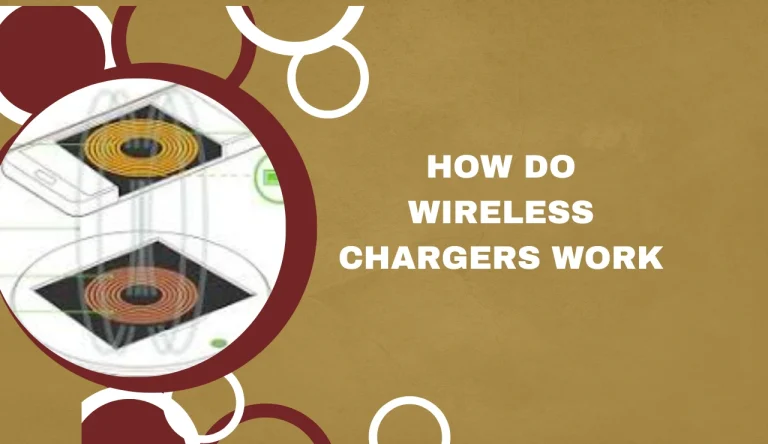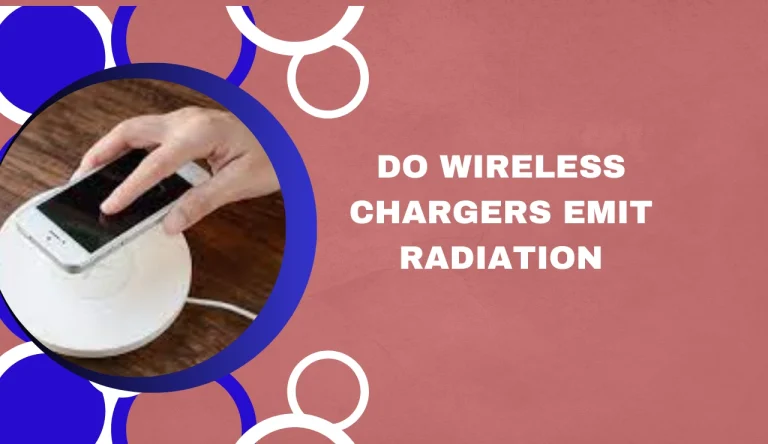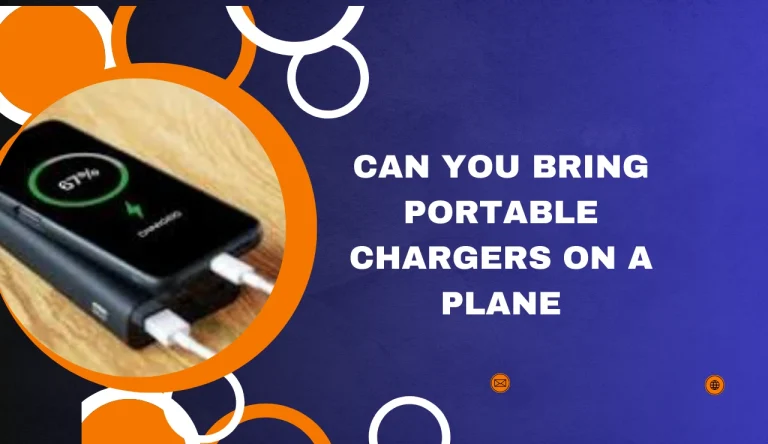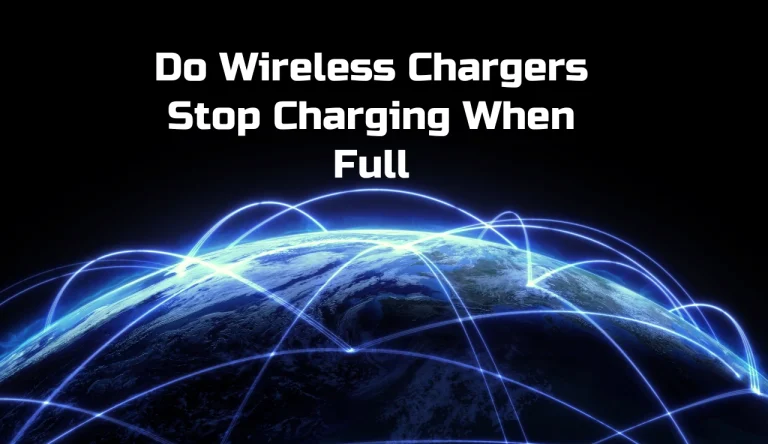Why Do Wireless Chargers Get Hot
Do you ever wonder why do wireless chargers get hot? It may seem puzzling, but there is a scientific explanation behind it.
Wireless chargers work on the principle of inductive charging, where an electromagnetic field transfers energy between two coils – one in the charger and another in your device. However, this transfer isn’t completely efficient, resulting in energy loss and heat generation. The amount of heat produced depends on various factors such as the efficiency of the charger, the power being transferred, and even environmental conditions.
Safety is a crucial consideration when it comes to wireless chargers getting hot since excessive heat can damage both the charger and your device. To prevent overheating, it’s essential to follow some tips like using certified chargers, avoiding charging while using heavy applications, and ensuring proper ventilation.
As technology advances, future developments aim to minimize these heat-related issues for a more efficient and cooler wireless charging experience.
Key Takeaways
- Wireless chargers can get hot due to energy loss and heat generation during the charging process.
- Excessive heat can cause damage to both the charger and the device being charged.
- Safety precautions such as using certified chargers, avoiding heavy app usage while charging, and ensuring proper ventilation can help prevent excessive heating.
- Future developments in wireless charging aim to improve efficiency, eliminate alignment issues, and deliver more power at a faster rate.
How Wireless Charging Works
So, you’re probably wondering how wireless charging actually works, right? Well, let me enlighten you.
Wireless charging is a technology that allows you to charge your devices without the need for messy cables and plugs. It uses electromagnetic fields to transfer energy from a charging pad to your device. One of the major benefits of wireless charging is convenience; you simply place your device on the charging pad and it starts juicing up. No more fumbling with tangled cords!
Additionally, wireless charging is considered safer than traditional methods because there are no exposed electrical contacts that can cause accidents or damage. However, it’s important to note that wireless chargers can get hot due to energy loss during the conversion process.
Now, let’s dive into the role of inductive charging in this fascinating technology.
The Role of Inductive Charging

To gain a deeper understanding of the phenomenon, you may consider exploring the pivotal role inductive charging plays in the process. Inductive charging is at the heart of wireless charging technology. It involves using an electromagnetic field to transfer energy between two coils: one in the charger and another in the device being charged.
Here are some key points to consider about inductive charging:
- Inductive charging efficiency: The efficiency of this method depends on factors such as coil alignment and distance between the coils. Proper alignment ensures maximum power transfer, while larger distances can lead to decreased efficiency.
- Impact on battery life: Inductive charging does not have a significant impact on battery life when compared to other forms of charging. However, continuous use of wireless chargers can result in slightly slower degradation over time.
This understanding sets the stage for discussing energy loss and heat generation in wireless chargers.
Energy Loss and Heat Generation
Energy loss and heat generation are two inevitable consequences of the wireless charging process. When energy is transferred wirelessly, it undergoes several conversions, leading to efficiency losses along the way.
These losses occur due to a phenomenon called electromagnetic induction, which allows for the transfer of energy between the charger and device. However, this process isn’t 100% efficient, resulting in some of the energy being dissipated as heat.
To mitigate this issue, wireless chargers employ thermal management techniques such as heat sinks or fans to dissipate excess heat and prevent overheating.
Maintaining optimal energy efficiency and managing heat generation are crucial aspects of designing wireless chargers that can operate safely and reliably. Understanding these factors that contribute to heat build-up will allow for further improvements in wireless charging technology without compromising its performance or safety.
Factors That Contribute to Heat Build-up
One cannot help but feel concerned when considering the factors that contribute to the excessive heat build-up during wireless charging. To understand why wireless chargers get hot, it’s important to consider several key factors:
- Thermal management techniques: The efficiency of a wireless charger heavily relies on proper thermal management. Heat dissipation mechanisms such as heat sinks and fans are crucial in regulating temperature.
- Impact of charging pad design: The design of the charging pad plays a significant role in managing heat generation. Factors like material choice, surface area, and thickness affect how efficiently the charger can dissipate heat.
- Power transfer efficiency: A less efficient power transfer can result in higher energy loss, leading to increased heat generation within the charger.
- Ambient temperature: Higher ambient temperatures can exacerbate heat build-up during wireless charging.
Understanding these factors helps us recognize the importance of implementing effective thermal management techniques and optimizing charging pad designs to minimize excessive heat generation during wireless charging. Transitioning into safety considerations without explicitly stating ‘step,’ it’s vital to address potential risks associated with overheating during this process.
Safety Considerations
Be aware of the safety considerations involved in wireless charging to ensure a worry-free and secure experience. When using a wireless charger, it’s important to consider its efficiency and impact on battery life.
Wireless chargers can generate heat due to energy conversion, resistance in the charging process, and inefficient power transfer. This heat build-up can potentially affect the performance and lifespan of your device’s battery.
To prevent excessive heating, it’s crucial to choose a high-quality wireless charger that’s been tested for safety standards. Additionally, make sure to place your device correctly on the charging pad to maximize efficiency and minimize heat generation.
By understanding these safety considerations, you can enjoy the convenience of wireless charging without compromising your device’s longevity or risking any potential hazards.
Tips to Prevent Excessive Heating
To ensure a worry-free and secure experience, you can take precautions to prevent excessive heating when using wireless chargers by properly positioning your device on the charging pad for maximum efficiency and minimal heat generation.
Wireless charger overheating prevention is crucial as it not only affects the performance but also poses potential safety risks. One effective method is to keep your device away from direct sunlight or other sources of heat that can intensify the charging temperature.
Additionally, ensuring proper ventilation around the charging pad can help dissipate excess heat. Some wireless chargers are equipped with built-in cooling mechanisms such as fans or heat sinks to regulate temperatures effectively.
By following these simple guidelines and utilizing cooling methods for wireless chargers, you can enjoy convenient and safe charging experiences while avoiding unnecessary overheating issues.
Looking ahead, future developments in wireless charging technology will further enhance efficiency and address concerns related to overheating without compromising convenience.
Future Developments in Wireless Charging Technology

Get ready for the future of charging technology because advancements in wireless charging are on the horizon, and they’ll revolutionize how you power up your devices. Here are three exciting developments to look forward to:
- Solar-powered wireless charging: Imagine never having to worry about finding an outlet again. With solar-powered wireless charging, you can harness the power of the sun to keep your devices charged wherever you go. This eco-friendly solution not only convenient but also reduces our reliance on traditional energy sources.
- Magnetic resonance technology: Say goodbye to alignment issues with magnetic resonance technology. This innovative approach allows for efficient charging without the need for precise placement or direct contact between the charger and device. It’s a game-changer that will make charging as simple as placing your device near a compatible charger.
- Increased efficiency and speed: Future wireless chargers will be able to deliver more power at a faster rate, ensuring that your devices charge quickly and efficiently. No more waiting around for hours – you’ll be back up and running in no time.
These advancements in wireless charging technology promise a future where powering up our devices is seamless, eco-friendly, and hassle-free. Stay tuned for these exciting developments!
Frequently Asked Questions
Conclusion
In conclusion, wireless chargers can get hot due to the process of inductive charging and energy loss. Factors such as inefficient coils, high power transfer, and inadequate heat dissipation can contribute to heat build-up.
It’s important to consider safety precautions and prevent excessive heating by using quality chargers, avoiding overcharging, and keeping the charger away from flammable materials.
As technology advances, future developments aim to address these issues and improve efficiency in wireless charging systems. Stay informed and stay safe when using wireless chargers.

